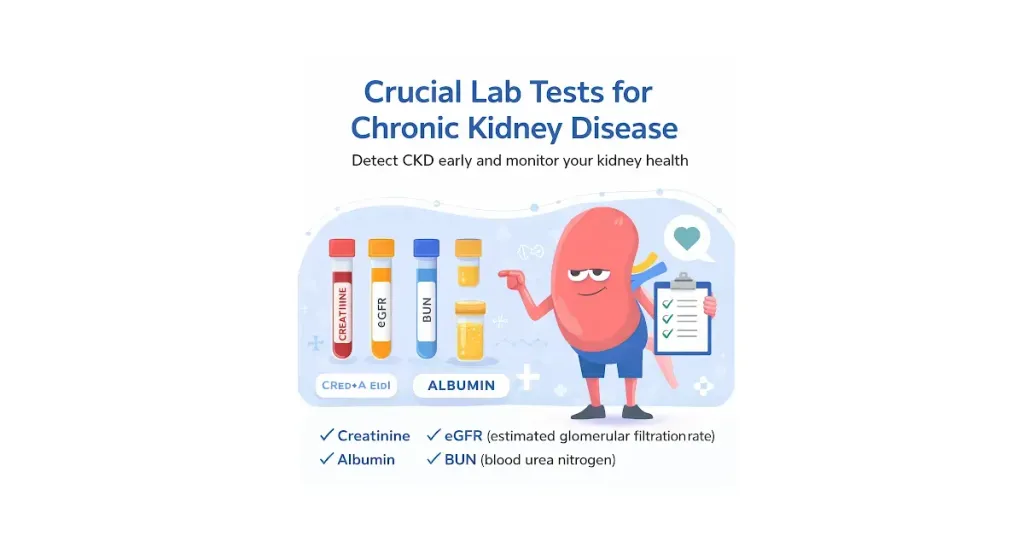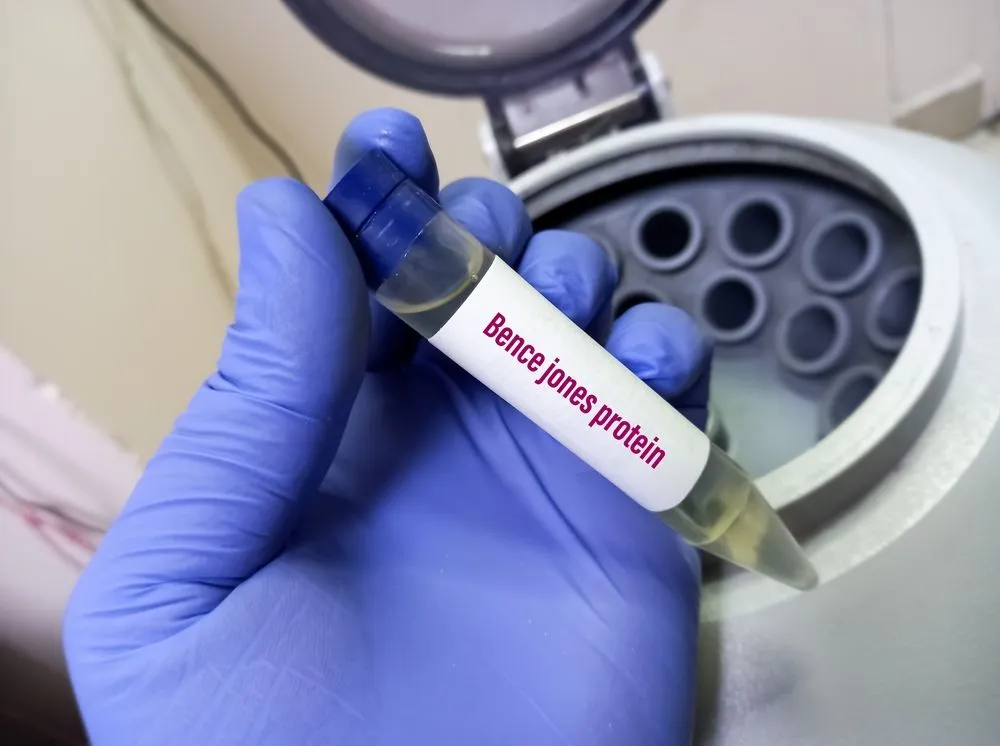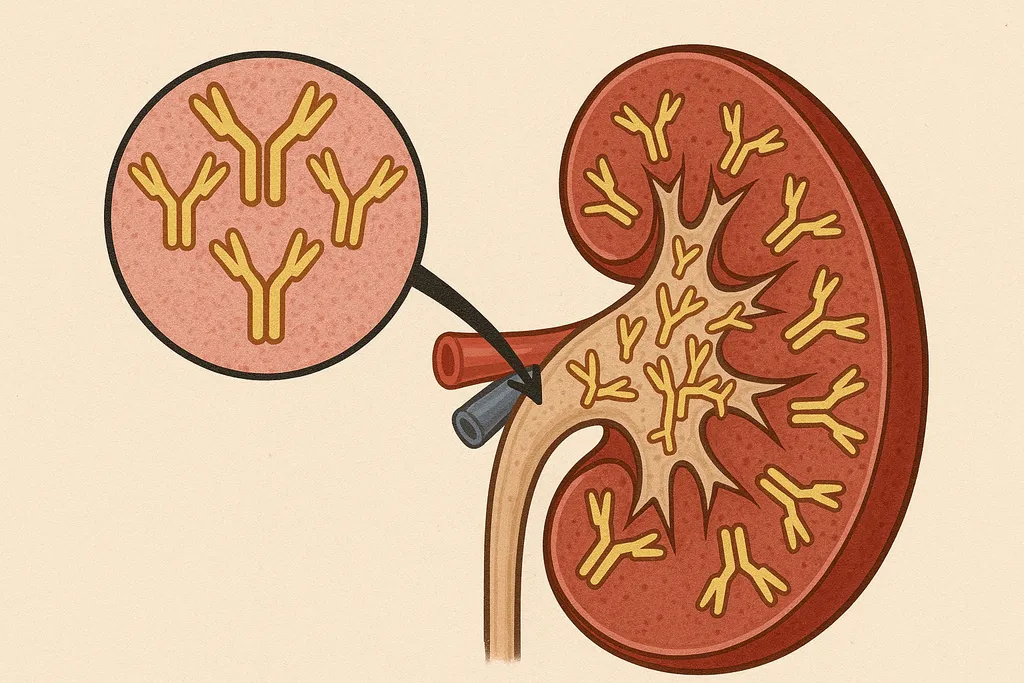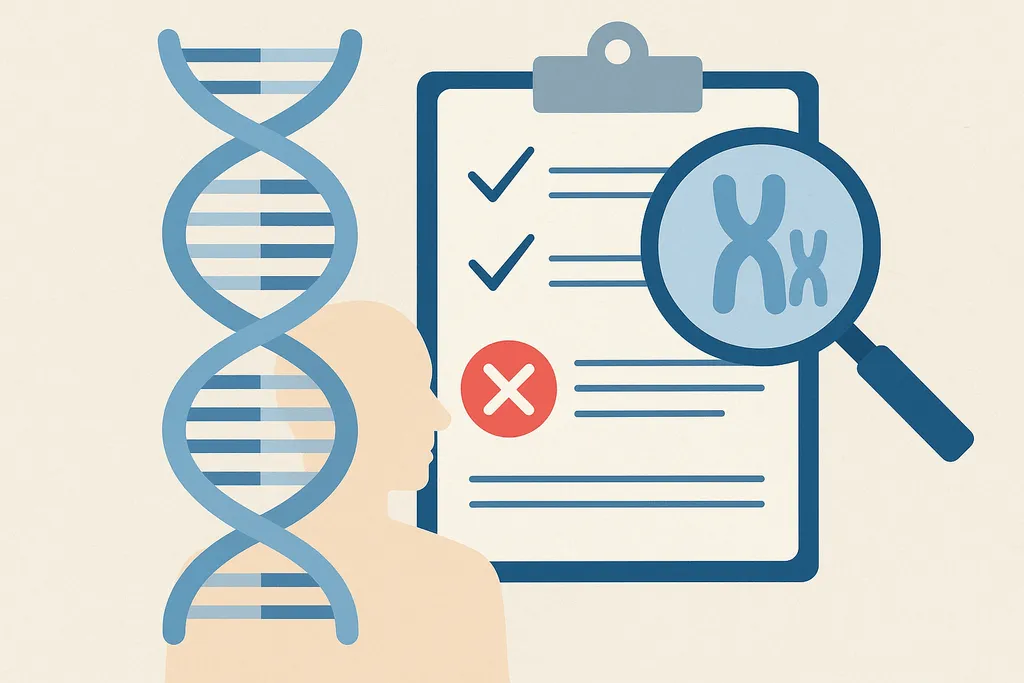What is Stem Cell Collection and How Long Does it Take?

Stem cell collection is the first step of the stem cell transplant process. In myeloma, patients typically use their own stem cells for transplant. This is called an autologous transplant, or "auto" transplant.
In order to obtain stem cells for your transplant, you will go through a stem cell collection, or "harvest" process.
While the largest number of blood stem cells is in your bone marrow, these cells can be pushed, or "mobilized" out of the bone marrow into your blood, where they can be more easily collected. Most transplants use stem cells collected from the blood. 
Connie's collection
Mobilization
Before the stem cells are collected, you will be given injections of drugs such as filgrastim (Neupogen®) or plerixifor (Mozobil®) over a four to five day period. Their job is to push the stem cells from the bone marrow into the bloodstream.
These drugs are typically well tolerated, but some patients can experience mild flu-like symptoms. Chemotherapy drugs may also be used to help "mobilize" the stem cells.
Stem Cell Collection
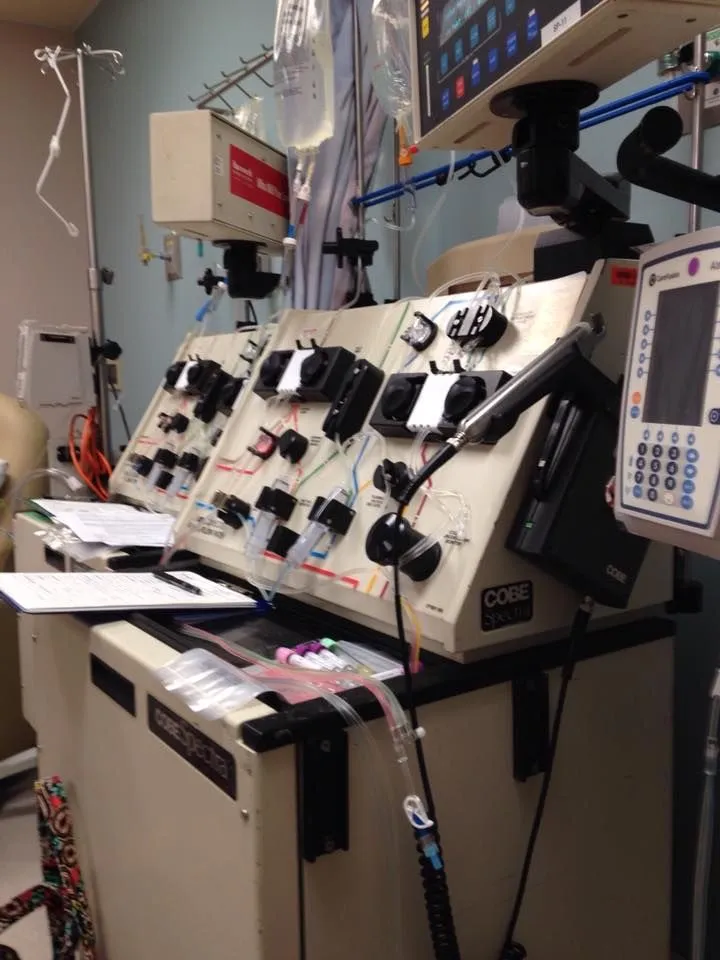
Leukapheresis machine
The collection is done in an outpatient clinic:
- You sit in a comfortable chair or bed.
- A needle connected to thin, flexible tubing will be inserted into a vein in each or your arms or into a collection port in your neck.
- Blood will be withdrawn from one tube and it will go through a machine that pulls out the stem cells
- The rest of your blood will be returned to you in the other tube
- Each collection can take a several hours
- Collection can take from 1 - 10+ days.
- Collection is faster if you have not been on prior myeloma treatment
- You can return home each night after the collection process
- Some patients collect a large number of stem cells quickly while others take longer and collect fewer cells.
- Doctors will typically try to collect stem cells for multiple transplants because collection post-treatment is more difficult
- Cells can be stored long-term in case you need them for future transplants
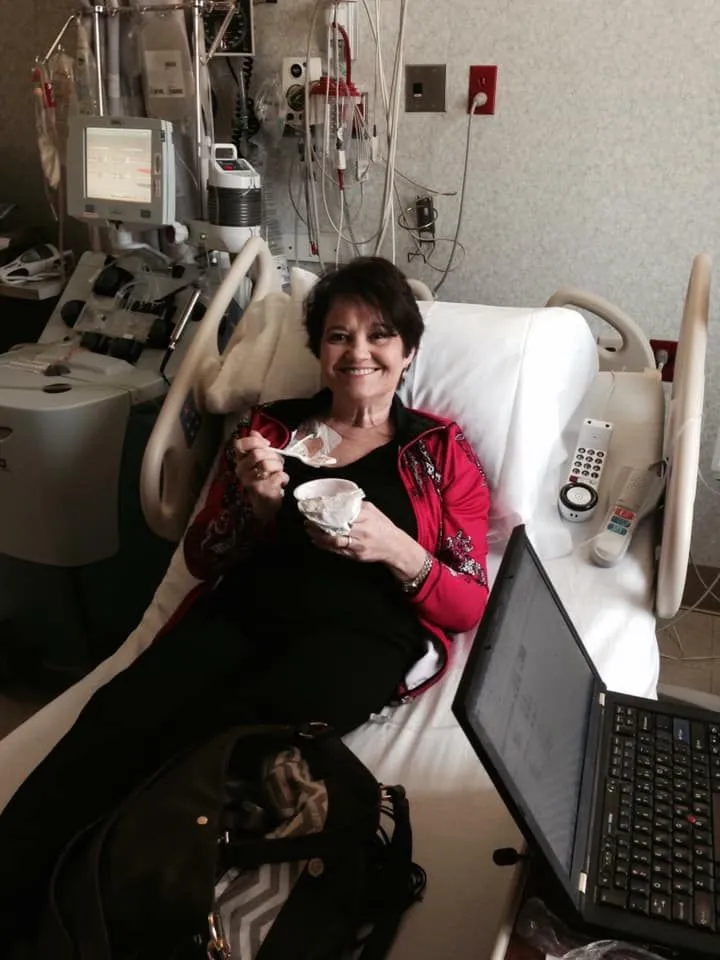
Susan's collection
The procedure is painless. However, you may feel lightheaded, cold or numb around the lips. Some people feel cramping in their hands which is caused by the blood thinning agent used during the procedure. These symptoms cease when the procedure ends.
For me, the stem cell collection was one of the most annoying parts of the transplant process. I had a neck port installed for the collection and felt like Frankenstein, but maybe I felt that way because it was the first major procedure of my care for myeloma. It made having myeloma real.
The process is slightly uncomfortable but not painful and it's hopefully just a few days of preparation for your stem cell transplant. 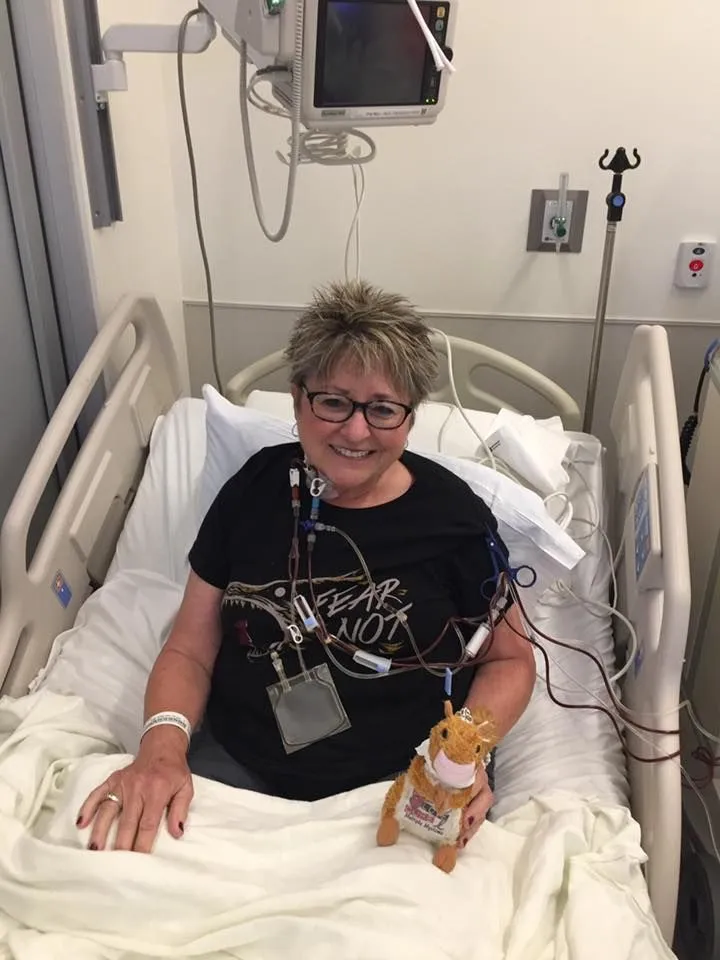
Melody's collection
When you're finished you'll have a nice set of stem cells that will be frozen in preparation for your transplant.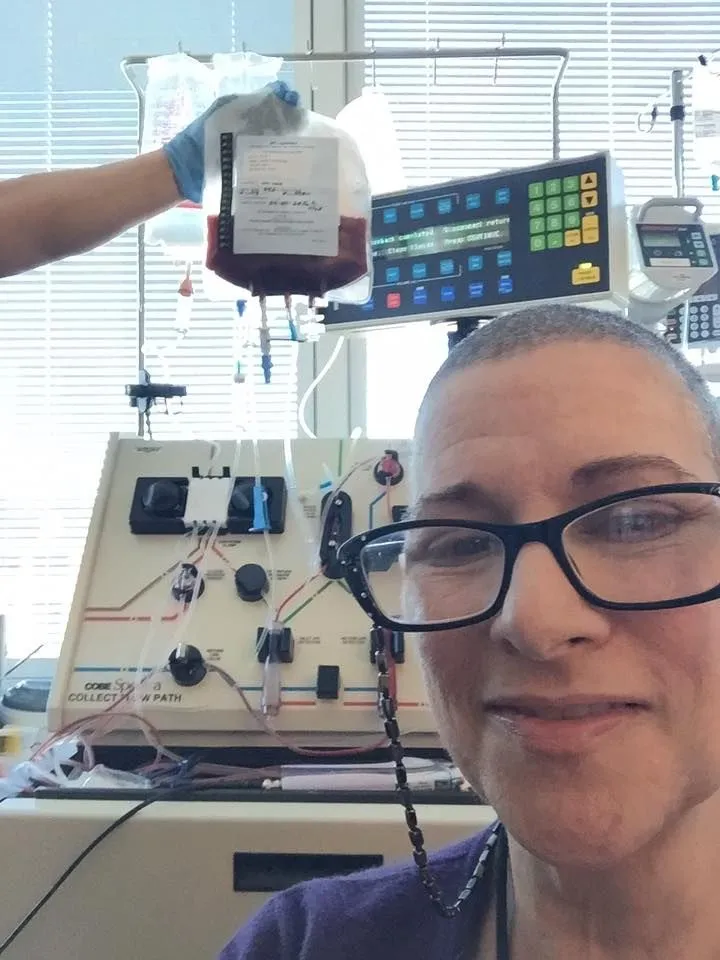
Mary's collection
Stem cell collection is the first step of the stem cell transplant process. In myeloma, patients typically use their own stem cells for transplant. This is called an autologous transplant, or "auto" transplant.
In order to obtain stem cells for your transplant, you will go through a stem cell collection, or "harvest" process.
While the largest number of blood stem cells is in your bone marrow, these cells can be pushed, or "mobilized" out of the bone marrow into your blood, where they can be more easily collected. Most transplants use stem cells collected from the blood.

Connie's collection
Mobilization
Before the stem cells are collected, you will be given injections of drugs such as filgrastim (Neupogen®) or plerixifor (Mozobil®) over a four to five day period. Their job is to push the stem cells from the bone marrow into the bloodstream.
These drugs are typically well tolerated, but some patients can experience mild flu-like symptoms. Chemotherapy drugs may also be used to help "mobilize" the stem cells.
Stem Cell Collection

Leukapheresis machine
The collection is done in an outpatient clinic:
- You sit in a comfortable chair or bed.
- A needle connected to thin, flexible tubing will be inserted into a vein in each or your arms or into a collection port in your neck.
- Blood will be withdrawn from one tube and it will go through a machine that pulls out the stem cells
- The rest of your blood will be returned to you in the other tube
- Each collection can take a several hours
- Collection can take from 1 - 10+ days.
- Collection is faster if you have not been on prior myeloma treatment
- You can return home each night after the collection process
- Some patients collect a large number of stem cells quickly while others take longer and collect fewer cells.
- Doctors will typically try to collect stem cells for multiple transplants because collection post-treatment is more difficult
- Cells can be stored long-term in case you need them for future transplants

Susan's collection
The procedure is painless. However, you may feel lightheaded, cold or numb around the lips. Some people feel cramping in their hands which is caused by the blood thinning agent used during the procedure. These symptoms cease when the procedure ends.
For me, the stem cell collection was one of the most annoying parts of the transplant process. I had a neck port installed for the collection and felt like Frankenstein, but maybe I felt that way because it was the first major procedure of my care for myeloma. It made having myeloma real.
The process is slightly uncomfortable but not painful and it's hopefully just a few days of preparation for your stem cell transplant.

Melody's collection
When you're finished you'll have a nice set of stem cells that will be frozen in preparation for your transplant.

Mary's collection
about the author
Jennifer Ahlstrom
Myeloma survivor, patient advocate, wife, mom of 6. Believer that patients can contribute to cures by joining HealthTree Cure Hub and joining clinical research. Founder and CEO of HealthTree Foundation.
More on Core Education
Trending Articles
Upcoming Events




Get the Latest Multiple Myeloma Updates, Delivered to You.
By subscribing to the HealthTree newsletter, you'll receive the latest research, treatment updates, and expert insights to help you navigate your health.
Together we care.
Together we cure.
3x Faster.

